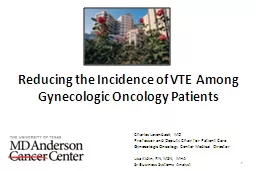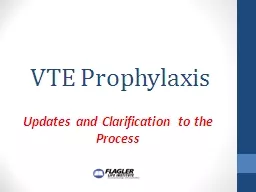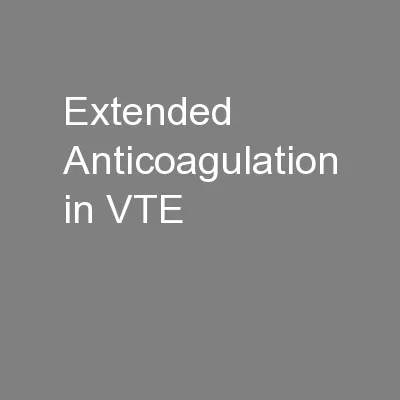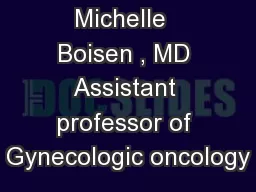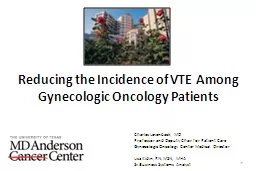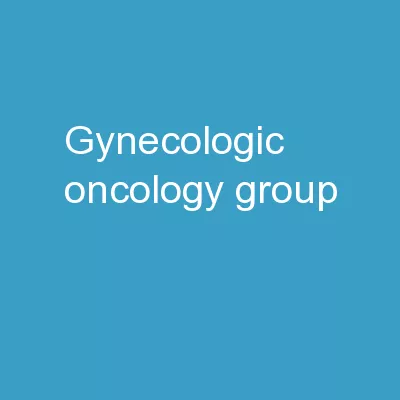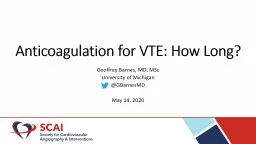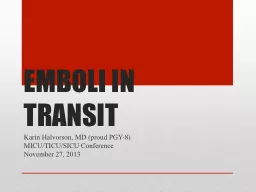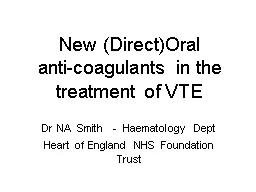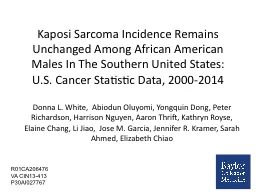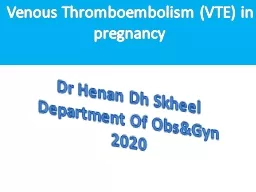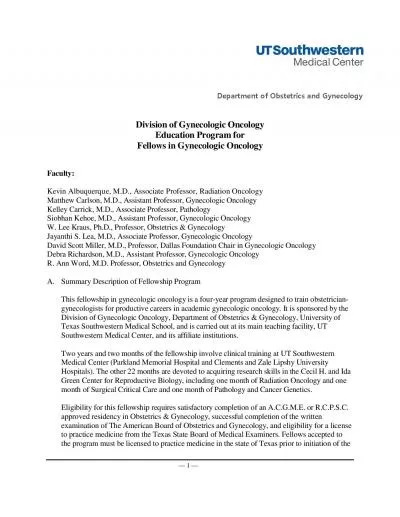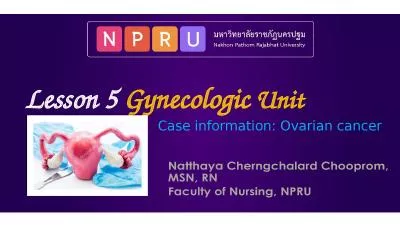PPT-1 Reducing the Incidence of VTE Among Gynecologic Oncology
Author : tatiana-dople | Published Date : 2016-03-24
Charles Levenback MD Professor and Deputy Chair for Patient Care Gynecologic Oncology Center Medical Director Lisa Kidin RN MSN MHA Sr Business Systems Analyst
Presentation Embed Code
Download Presentation
Download Presentation The PPT/PDF document "1 Reducing the Incidence of VTE Among Gy..." is the property of its rightful owner. Permission is granted to download and print the materials on this website for personal, non-commercial use only, and to display it on your personal computer provided you do not modify the materials and that you retain all copyright notices contained in the materials. By downloading content from our website, you accept the terms of this agreement.
1 Reducing the Incidence of VTE Among Gynecologic Oncology: Transcript
Download Rules Of Document
"1 Reducing the Incidence of VTE Among Gynecologic Oncology"The content belongs to its owner. You may download and print it for personal use, without modification, and keep all copyright notices. By downloading, you agree to these terms.
Related Documents

